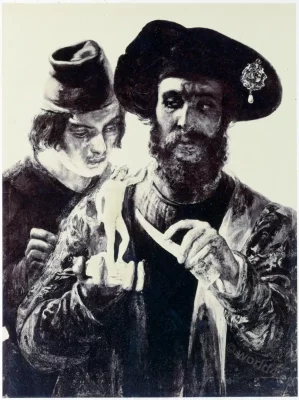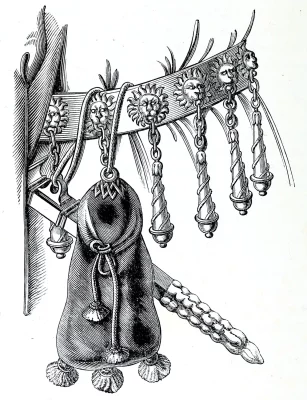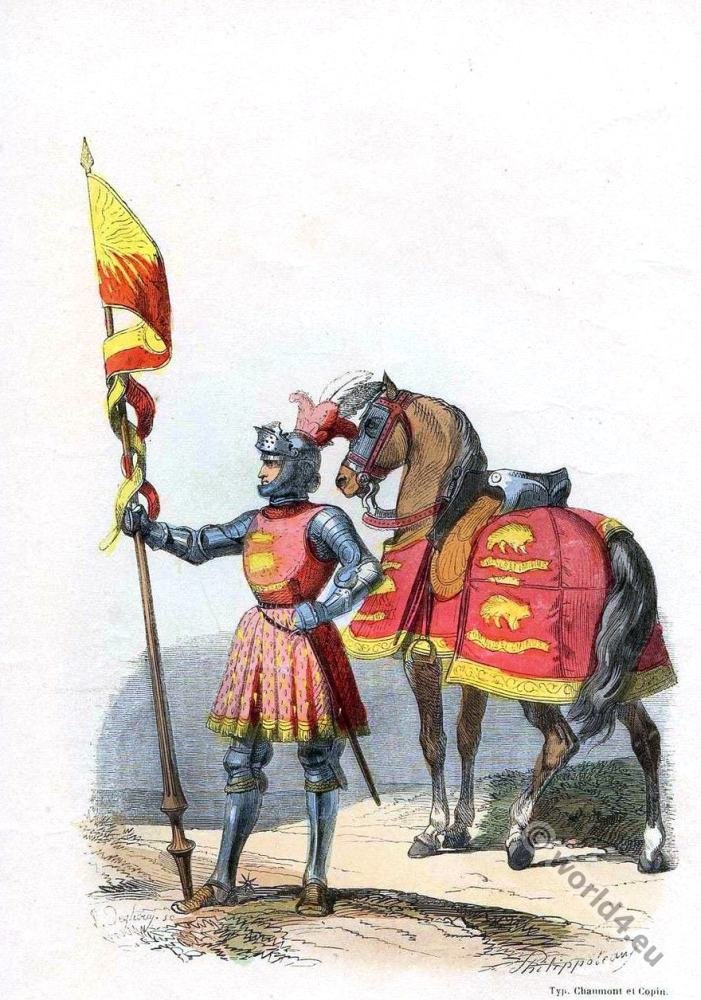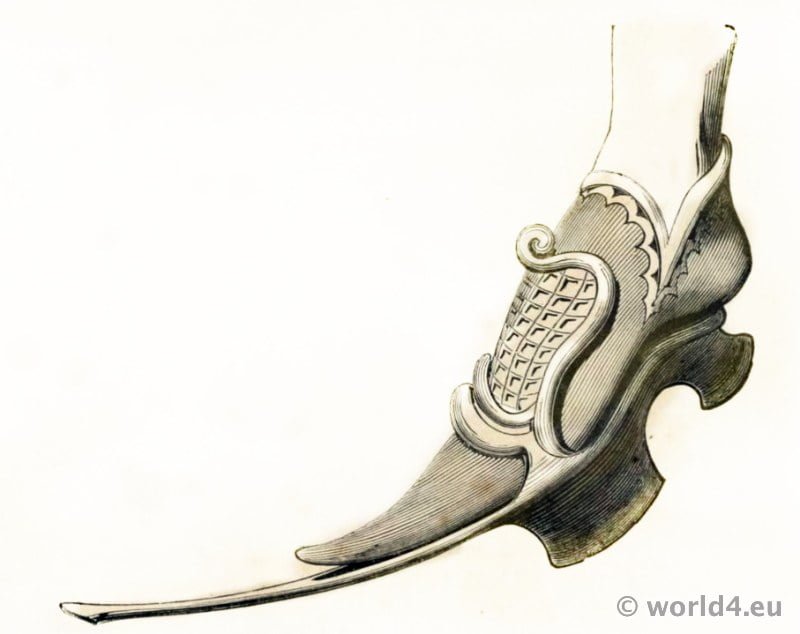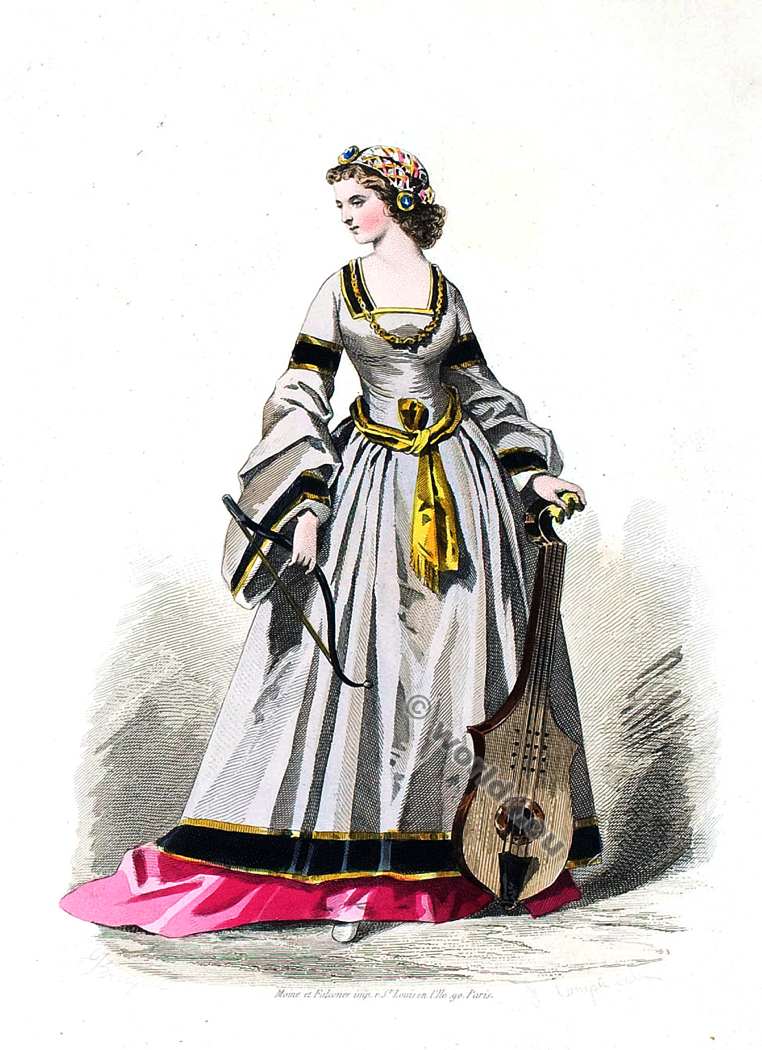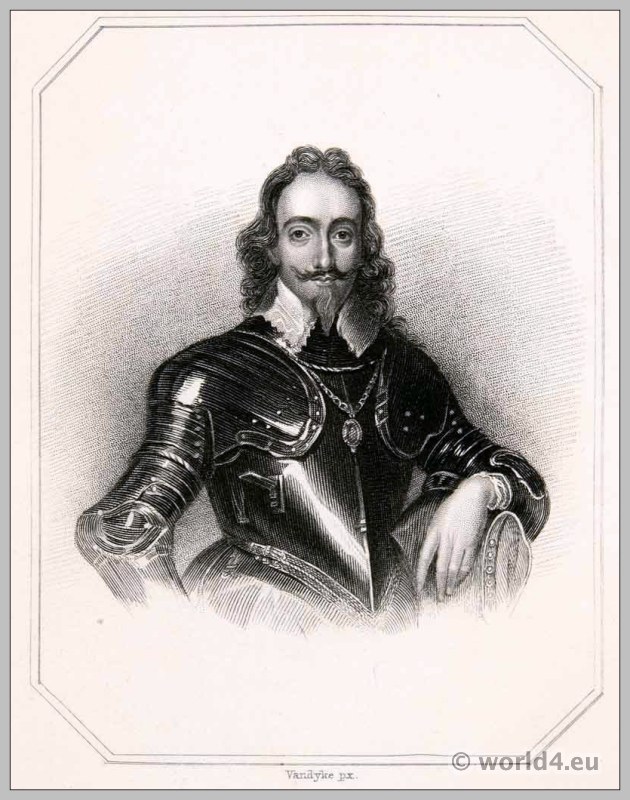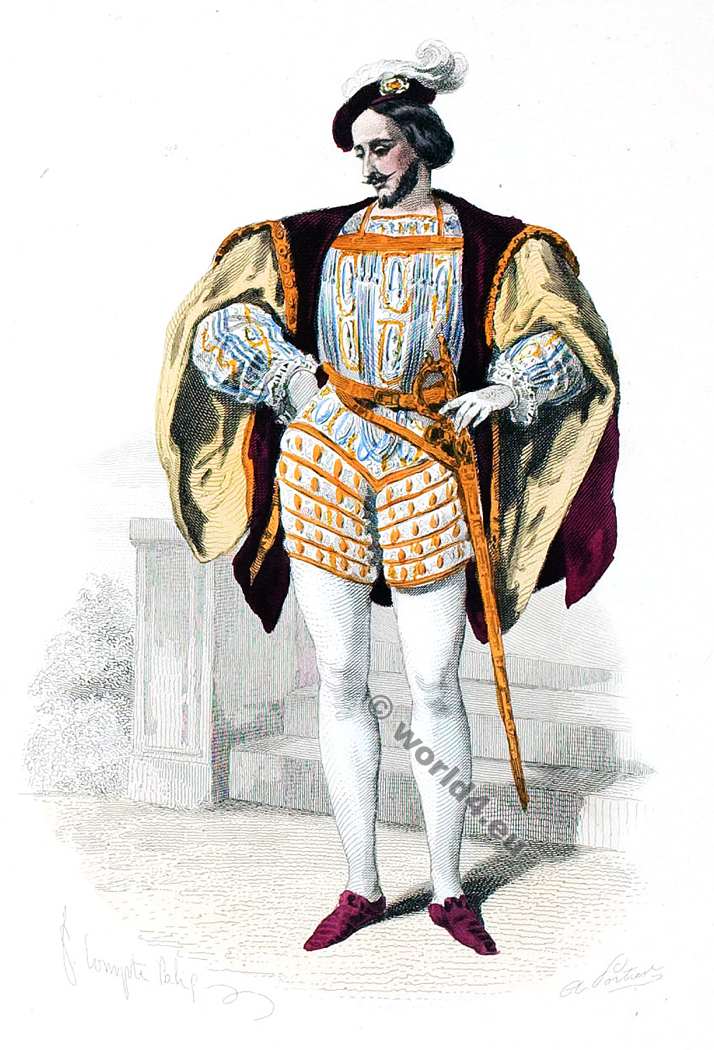FRANCIS THE FIRST (1494-1547).
also called the Knight King, French François Ier, le Roi-Chevalier, was a French king from the House of Valois-Angoulême, a collateral line of the House of Valois.
By his contemporaries, no less than by the historians of subsequent times, a place among’ the greater monarchs who have contributed to the civilisation of mankind has been accorded to Francis the first. As the patron of science and literature, or as the brave warrior (the companion of Bayard the “preux chevalier”) he commands equally our respect. The age in which he lived saw the establishment of the Reformation, and the Revival of Letters.
Francis was born in 1494, and, in his youth, showed equal ardour in the pursuit of study and in the practice of martial and manly exercises. At an early age he frequented the tournaments which were then so much in fashion, and frequently carried off the prize. He succeeded to the throne of France when he had scarcely reached the age of manhood, and immediately found himself involved in the Italian war which had been excited under his father-in-law Louis XII. His arms made rapid progress in Italy, and his valour in the obstinate battle of Marignan covered him with glory. The magnificence exhibited at his celebrated interview with Henry VIII. in the camp of the Cloth of Gold, forms one of the brilliant episodes of English history. In 1521, he became involved in the fatal war with Charles V., which ended in his defeat and capture at the battle of Pavia.
After a long and cruel captivity, he regained his throne, and subsequently turned his thoughts almost entirely to the cultivation of the arts and elegances of peace, although he was in his latter years again involved in war with Charles V. Francis died, after a reign of thirty-two years, on the last day of March, 1547.
Few monarchs have been so distinguished by their avidity for knowledge and instruction as Francis I. He spent an immense sum of money in collecting manuscripts from Italy and Greece, and was in frequent correspondence with the most learned men of his age. It was he who first introduced into France a taste for the study of natural history, which has since been follow’ed with so much success among his countrymen.
He was the founder of the College Royal, and contributed in many other ways to the extension of sound instruction among his country men. He showed his taste for poetry and literature of a lighter and gayer character, by patronising such men as Clement Marot and Rabelais.
The queen of Navarre, Marguerite, so well known by her Tales, was his sister. Francis bought, at high prices, foreign paintings to enrich his palaces, and at the same time used his utmost endeavours to encourage native art.
The famous Benvenuto Cellini was employed at his court. It was this prince who began the Louvre: and he built Fontainebleau, and other noble palaces. Yet in spite of all his genius and liberality, it was in his reign that those cruel persecutions of the protestants began, which were continued with so much barbarity under his immediate successors.
Our engraving is taken from an original painting, said to be by Janet, now in the possession of Mr. Henry Farrer.
The initial letter at the beginning of the present article is taken from a beautifully illuminated missal, sold at the Strawberry Hill sale.
The cut below is taken from a painting by Holbein, preserved in the collection at the Louvre, in Paris. It represents part of an ornamental girdle or belt, and shows the manner in which the purse and dagger were suspended in the earlier part of the sixteenth century.
Source:
- Dresses and decorations of the Middle Ages by Henry Shaw (1800-1873); William Pickering (Firm). London : W. Pickering, 1843.
- Gems of European art. London, Published for the proprietors by Geo Virtue, 1843.
Discover more from World4 Costume Culture History
Subscribe to get the latest posts sent to your email.



